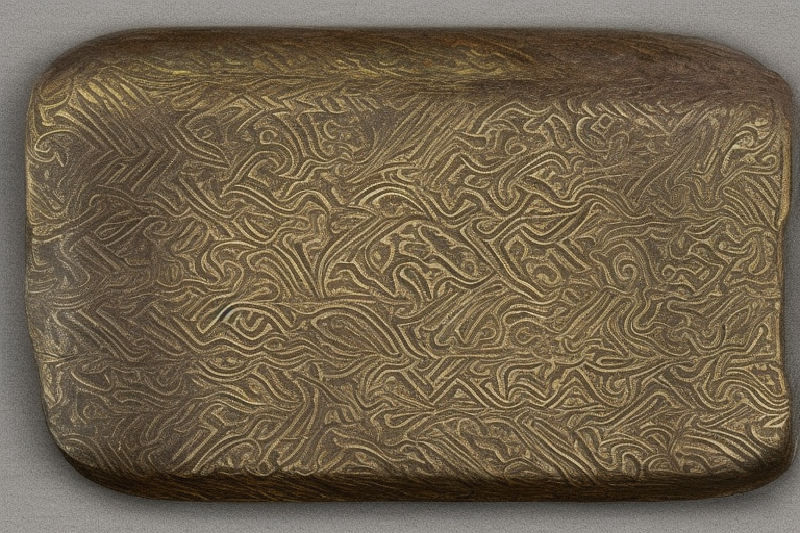Wootz steel was known for its strength and durability and was produced in ancient India using a formerly lost process. It involved preparing porous iron, hammering it while hot to release slag, breaking it up, and sealing it with wood chips in a clay container. The container was then heated until the pieces of iron absorbed carbon from the wood and melted, resulting in a uniform composition of 1-1.6% carbon. The steel produced through this process could be heated and forged into bars and was used to make among other things the famous medieval Damascus swords. Wootz steel was highly prized for its use in the production of swords, knives, and other weapons. It is believed to have been one of the first types of high quality steel to be produced.
Our experiments in creating crucible steel with a composition similar to ancient Wootz steel are continuing. In this video, we show the process of making a Wootz ingot and our first successful forging of the ingot into a bar. Our crucibles are charged with wrought iron from wagon tires, pulverized charcoal, some O1 tool steel, calcium carbonate and glass. Watch the video for all the details.
